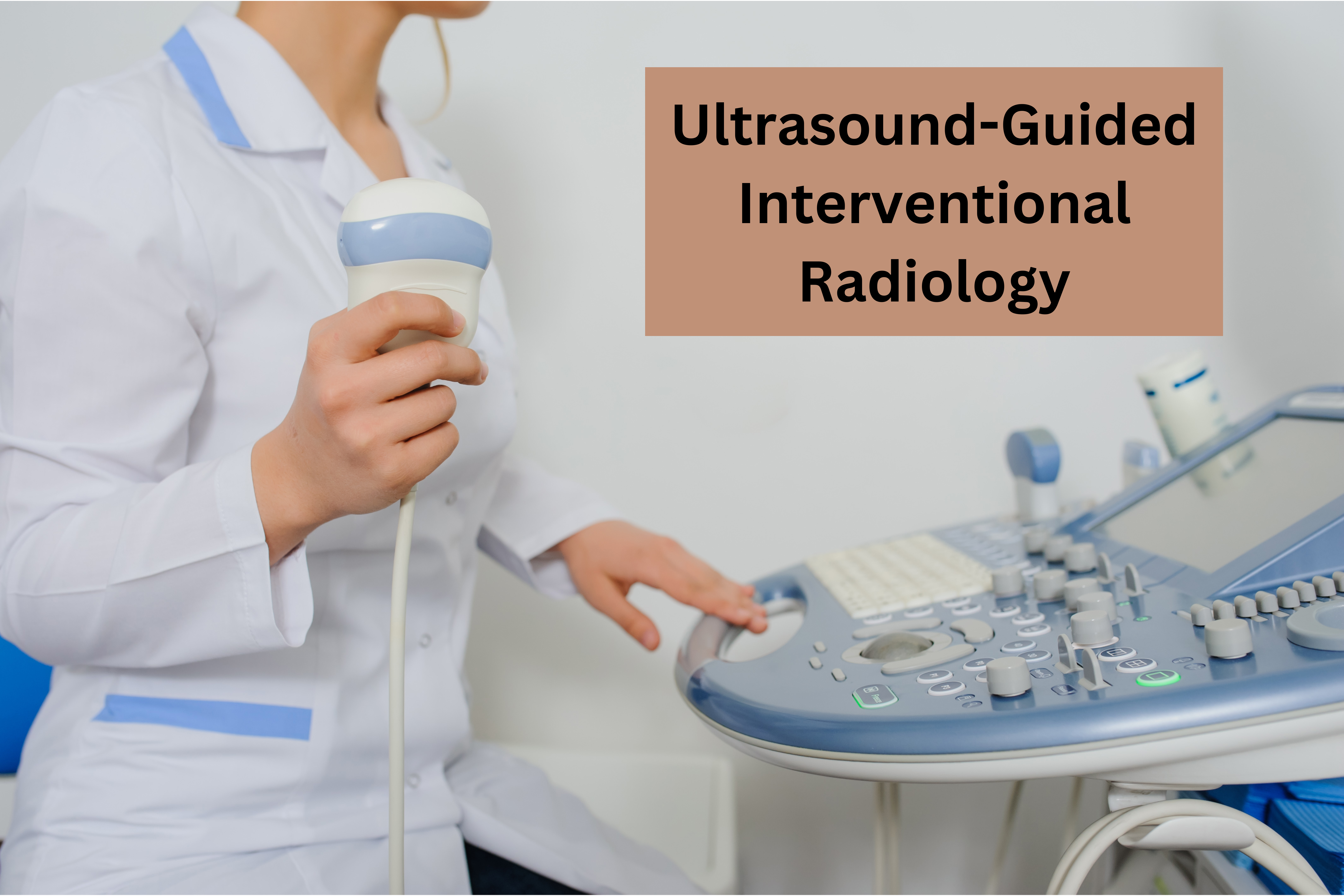Ultrasound-guided interventional radiology has become a standard practice in the United States, offering numerous benefits in various medical procedures.
This blog post will delve into the advantages and applications of ultrasound-guided interventions, highlighting their cost-effectiveness, safety, and potential for improved patient outcomes.
While acknowledging the limitations of ultrasound in certain scenarios, we will discuss its promising prospects for widespread implementation in healthcare globally.
The Role of Ultrasound in Interventional Radiology:
Ultrasound is a valuable guiding modality in a wide range of interventional procedures. It aids in biopsies of organs such as the thyroid, lymph nodes, breast, kidneys, and liver, providing real-time imaging for precise needle placement.
Additionally, ultrasound guidance is instrumental in procedures like thoracentesis (fluid drainage around the lungs), paracentesis (fluid drainage from the abdominal cavity), drainage of Baker’s cysts and abscesses, and the placement of PICC lines. It also finds utility in obstetric procedures like amniocentesis and hysterosonography.
Advantages of Ultrasound-Guided Interventions:
Ultrasound-guided interventional radiology offers distinct advantages over other imaging modalities. First and foremost, it is a cost-effective alternative to magnetic resonance imaging (MRI) while still providing accurate guidance. Moreover, unlike computed tomography (CT) scans, ultrasound does not involve radiation exposure, making it a safer option for patients.
These benefits contribute to the increasing popularity of ultrasound-guided interventions and its incorporation into routine medical practice.
Limitations and Complementary Imaging Modalities:
While ultrasound is highly effective in many scenarios, it does have limitations. For instance, lung biopsies cannot be performed using ultrasound due to the scattering of the ultrasound beam by air in the lungs.
In such cases, MRI or CT scans are necessary to visualize the specific areas of concern. By combining the strengths of different imaging modalities, healthcare professionals can optimize patient care and make well-informed treatment decisions.
The Future of Ultrasound-Guided Interventional Radiology:
Considering the notable advantages of ultrasound-guided interventions, the prospect for its wider implementation in healthcare settings worldwide is promising. Its cost-effectiveness, safety profile, and real-time imaging capabilities make it valuable for improving patient outcomes.
As healthcare providers recognize these benefits, integrating ultrasound-guided interventional radiology into standard practices will likely become more prevalent, leading to enhanced diagnostic accuracy and minimally invasive treatment options.

Conclusion:
Ultrasound-guided interventional radiology is crucial in various medical procedures, offering cost-effective and radiation-free guidance. While it has its limitations, the advantages of ultrasound in interventional settings are undeniable.
The continued expansion of its usage, coupled with complementary imaging modalities when necessary, will enhance patient care and improve outcomes. With its immense potential, ultrasound-guided interventional radiology is poised to revolutionize medical practice globally.

